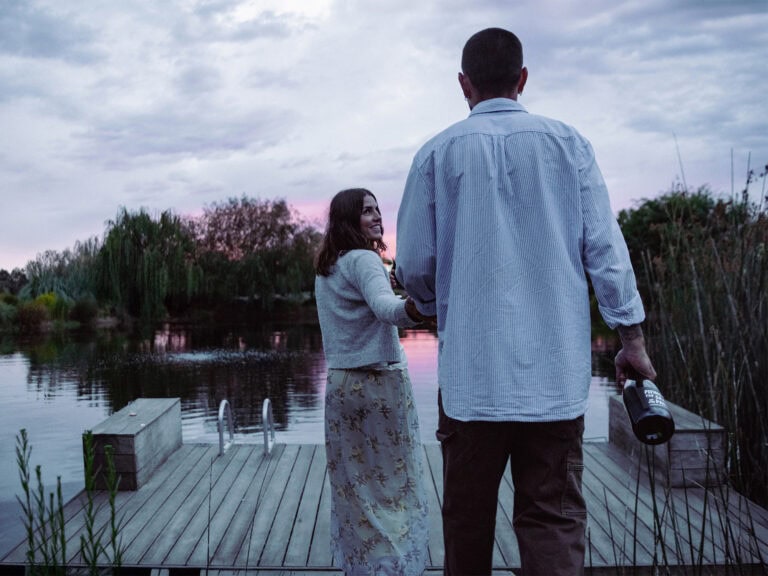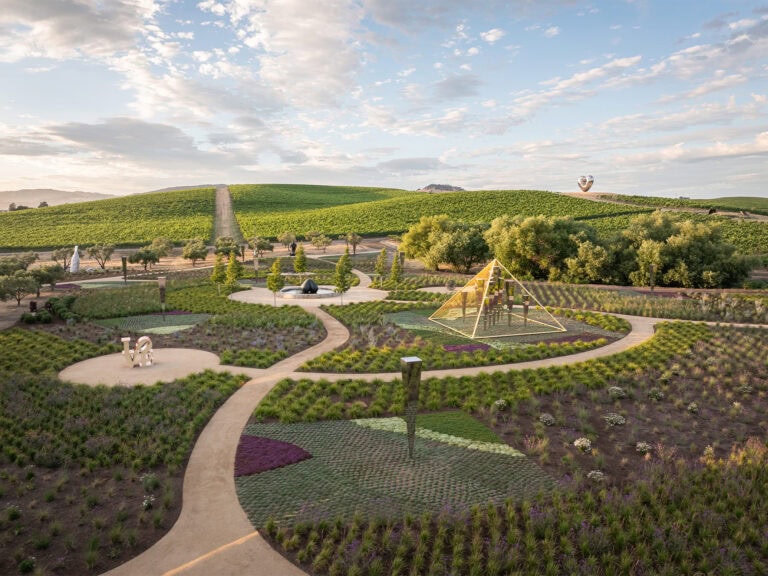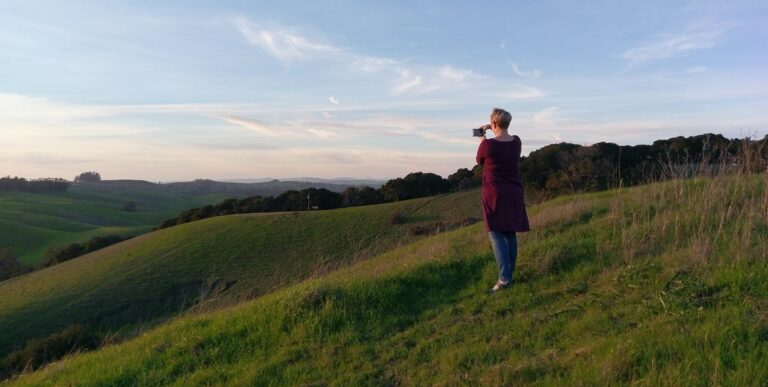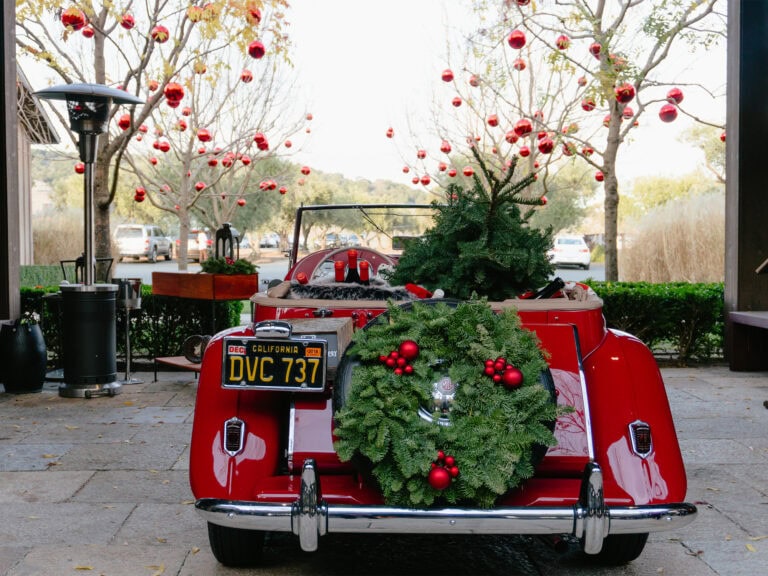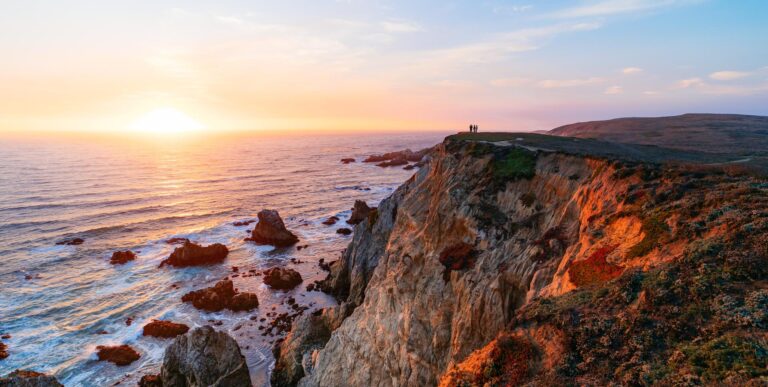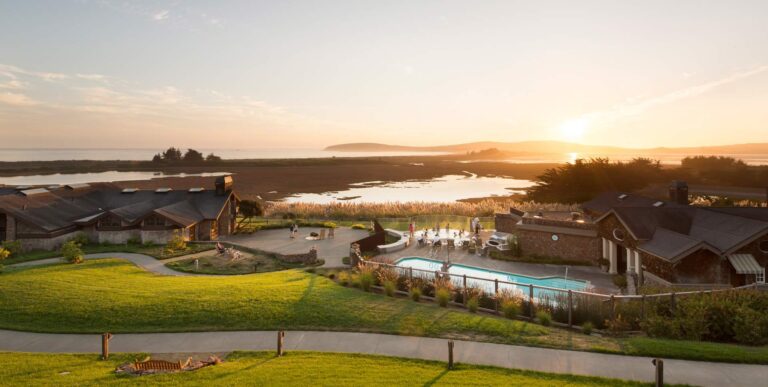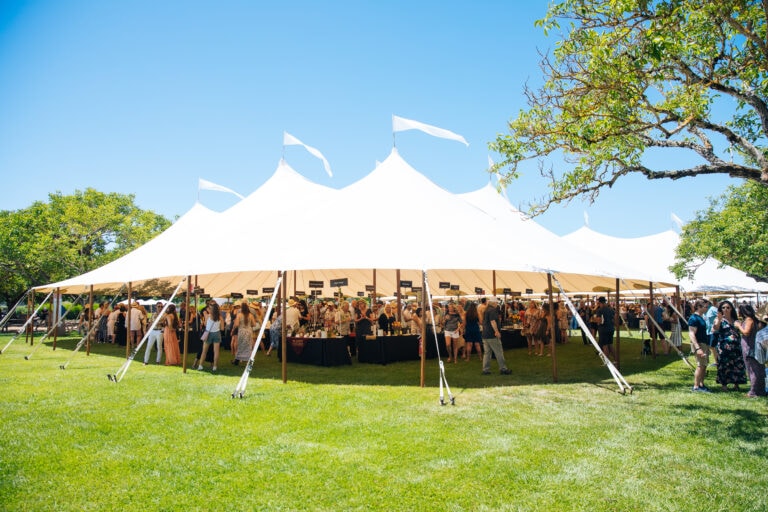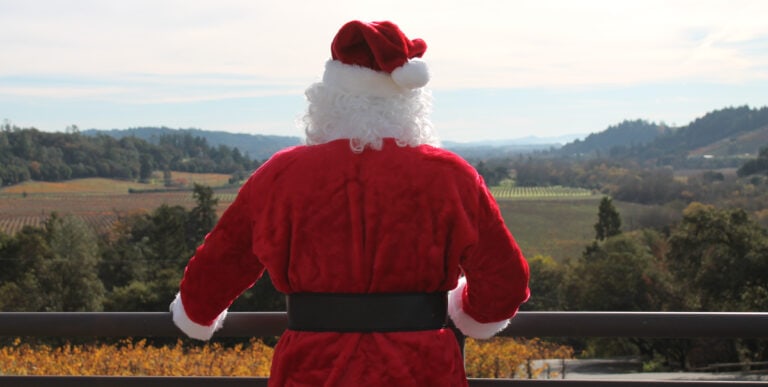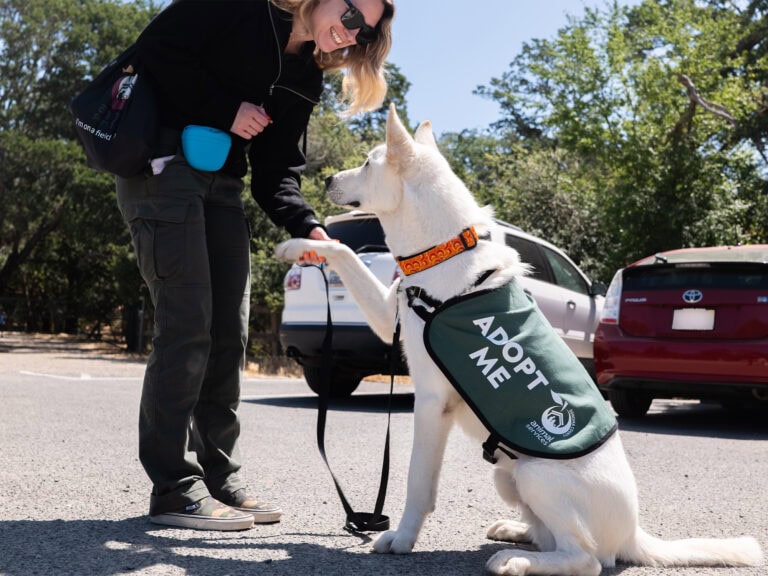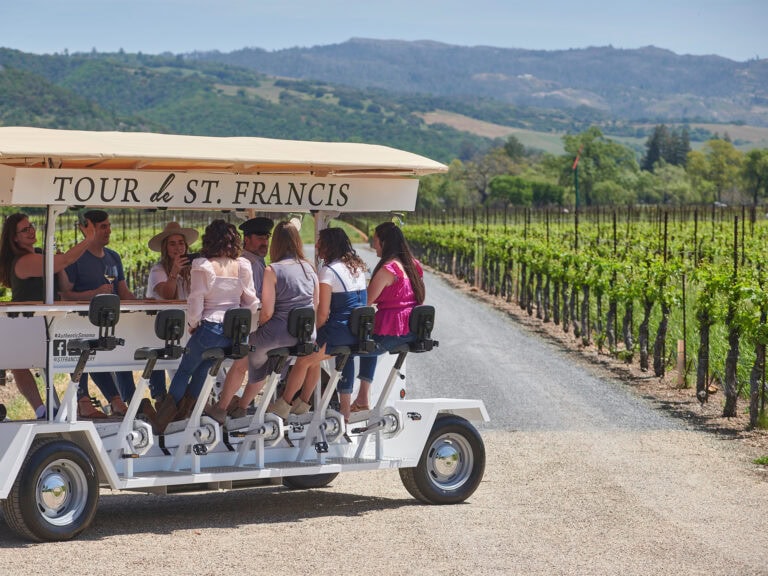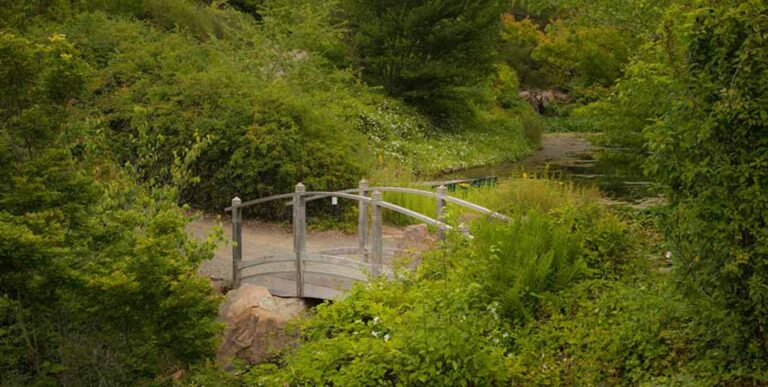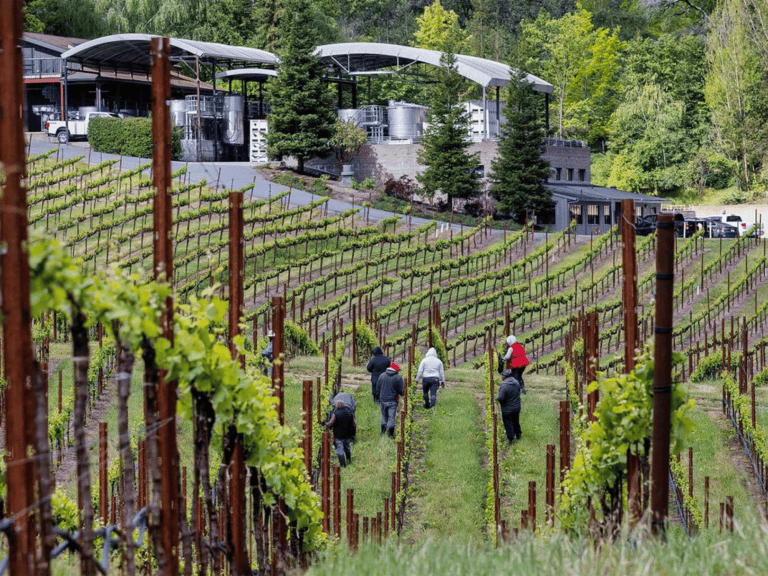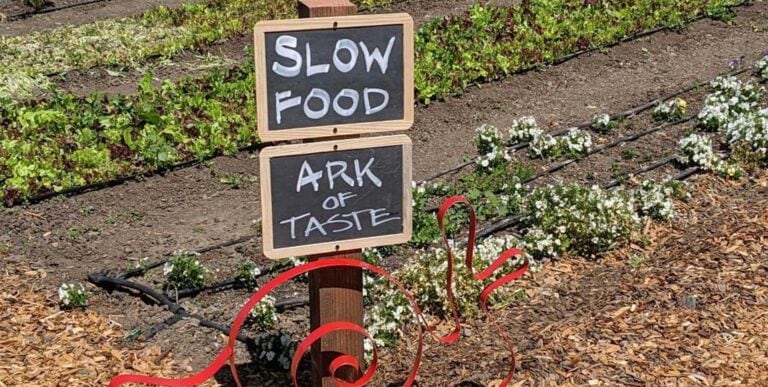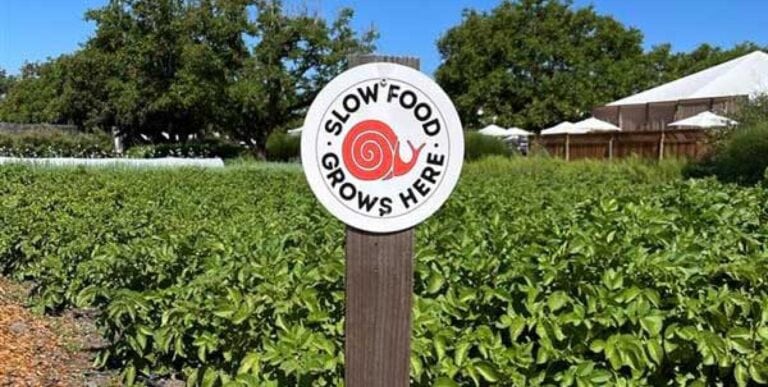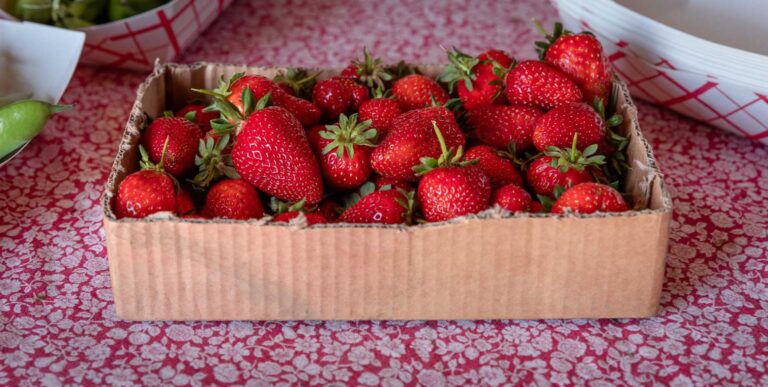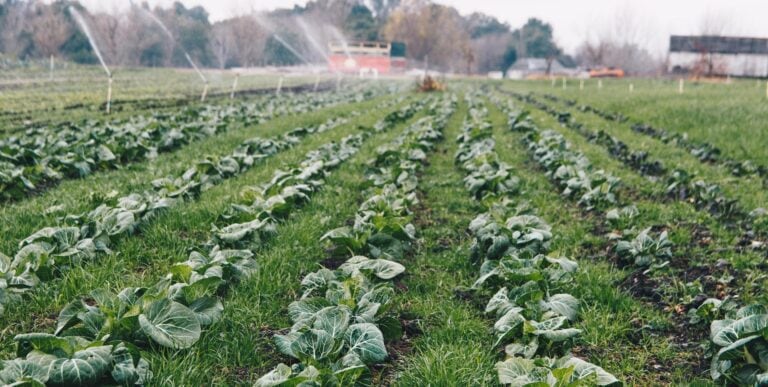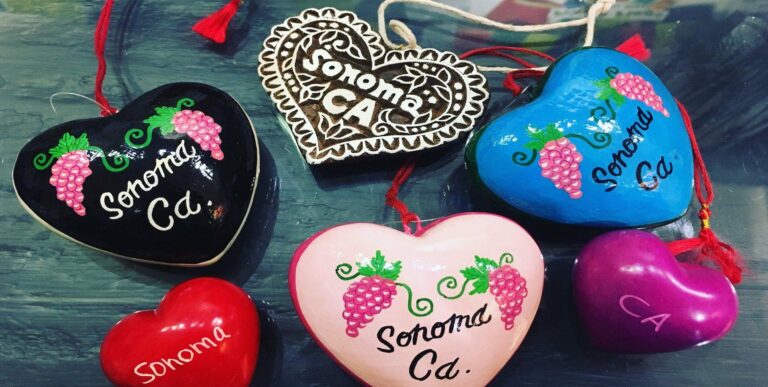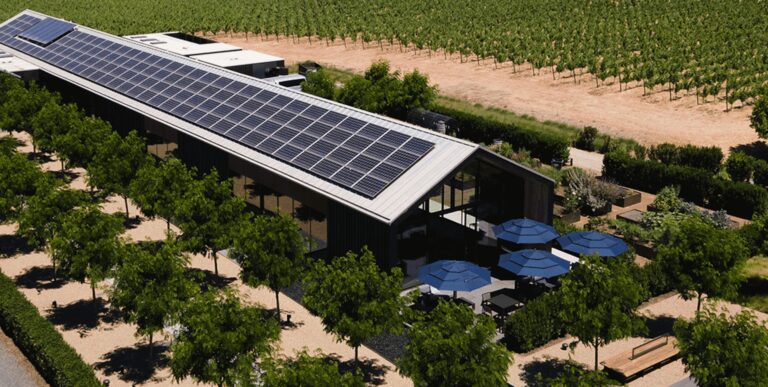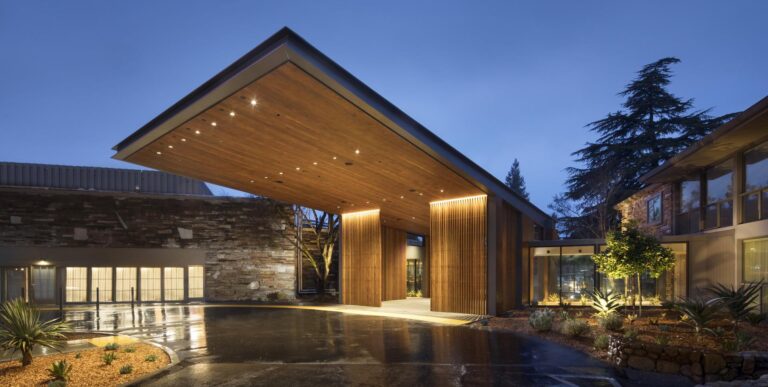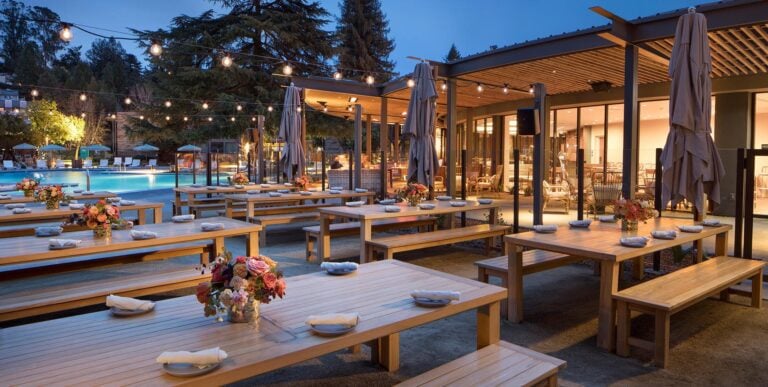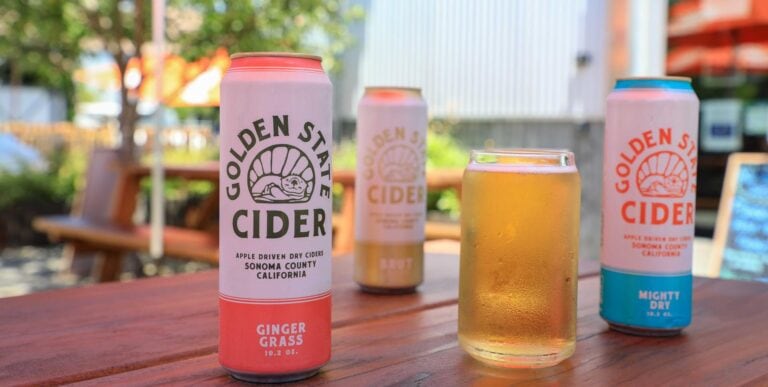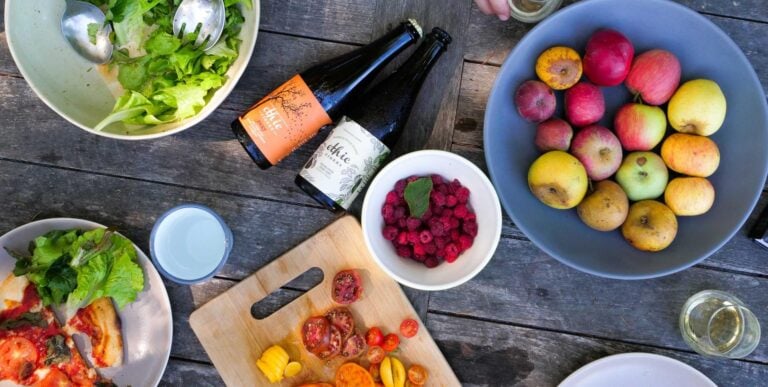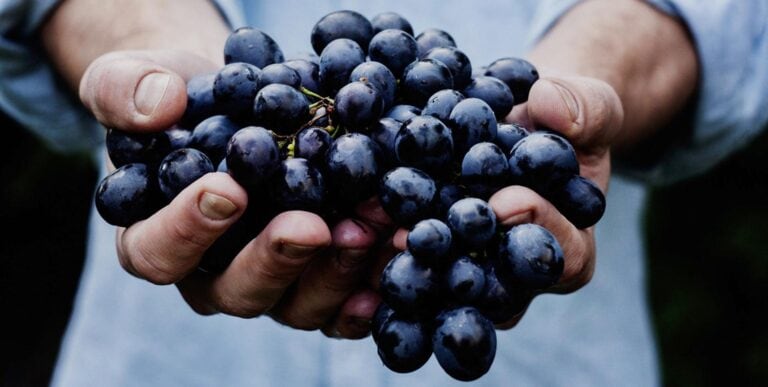Sustainability in Sonoma County: LEED Certification
Designed by the U.S. Green Building Council, LEED (Leadership in Energy and Environmental Design) is a green building certification used around the world, for all types of buildings — including a few here in Sonoma County.
The LEED certification process helps land developers, architects, and building owners implement practices that decrease a building’s environmental footprint and operational costs, increase its energy efficiency, and ensure the productivity, comfort, health and wellbeing of the people who use it.
How Does LEED Certification Work?
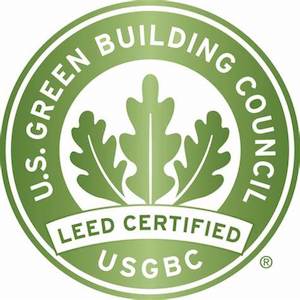 Awarded to buildings that function sustainably, LEED has a critical role in addressing climate change and supporting more equitable communities. A holistic building-rating system that factors in how a building operates, as well as how it interacts with its surroundings, LEED assesses how a building enhances its community’s quality of life.
Awarded to buildings that function sustainably, LEED has a critical role in addressing climate change and supporting more equitable communities. A holistic building-rating system that factors in how a building operates, as well as how it interacts with its surroundings, LEED assesses how a building enhances its community’s quality of life.
The LEED Points System
After applying for LEED certification, buildings/projects go through a verification and review process by Green Business Certification, Inc. (GBCI) and are accordingly awarded a percentage of LEED points for how well their building addresses climate change (35%); human health (20%); conservation and management of water resources (15%); encouragement of biodiversity and the green economy (10% apiece); and support/protection of the community and natural resources (5% apiece).

Types of LEED Certification
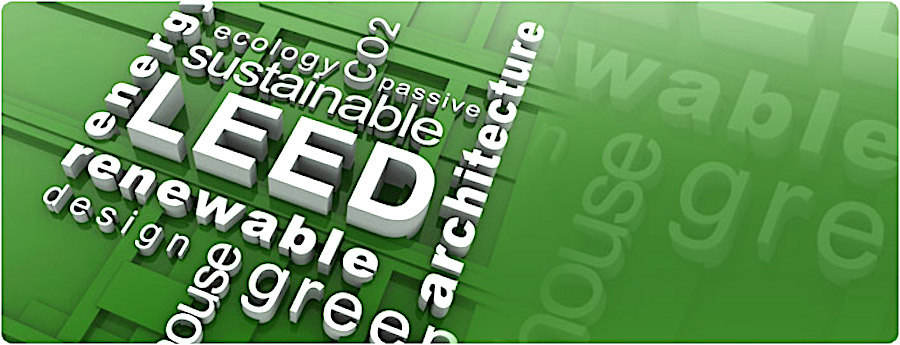
LEED certification is for all building types and phases, including new construction and renovations, as well as operations. Buildings/projects seeking certification can use the Discover LEED tool to choose the type of certification that best fits them, including:
- BD+C: Building Design and Construction
- ID+C: Interior Design and Construction
- O+M: Building Operations and Maintenance
- ND: Neighborhood Development (e.g., a mixed-use development)
- Homes (e.g., this Sonoma County home)
Requirements for all certification levels and types are consistently evolving, resulting in numbered versions; for example, LEED’s 2022 version is denoted as “v4.1.” A new LEED certification, then could be written as: LEED v4.1 Silver BD+C. To maintain or improve upon its certification, a LEED-certified building must be re-certified every 1-5 years.
LEED-Certified Buildings in Sonoma County
Only a handful of Sonoma County’s commercial buildings are currently LEED-certified, but each one is a vanguard of architecture, offering spaces that focus on water conservation, clean air, waste reduction, use of recycled materials, and more.
Silver Oak
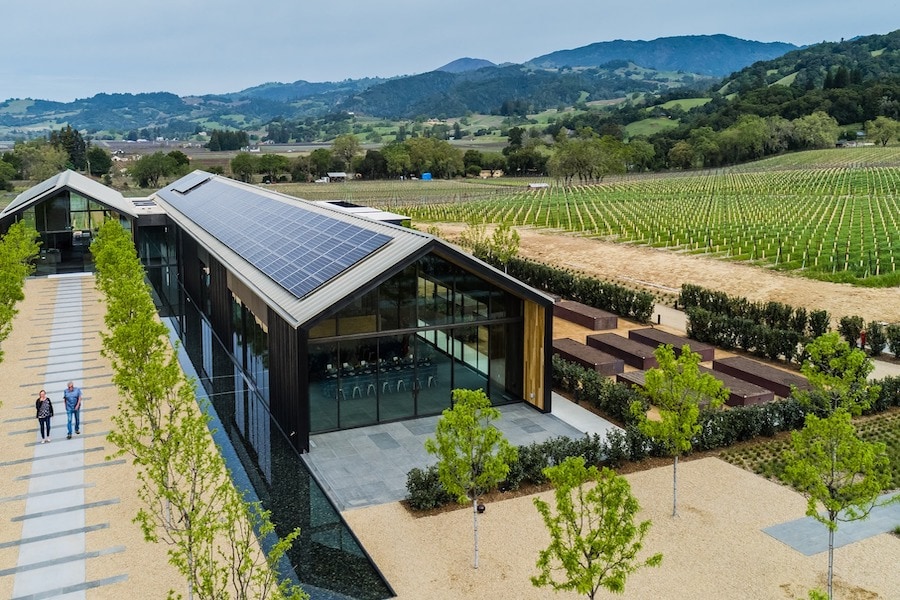
Silver Oak‘s Alexander Valley outpost was certified LEED v2.2Platinum BD+C (Building Design and Construction) in 2018, becoming one of the first wineries in the world — and the first in Sonoma County — to receive this honor. Using 2,595 solar panels, the barn-inspired tasting room and production facility produces 104% of their annual energy needs, and LED lighting, a recycled-water reflecting pool, and reclaimed redwood building materials maximize sustainability. Water used in the winemaking cellar is treated, filtered, and re-used as potable water throughout the building.
Sonoma Academy
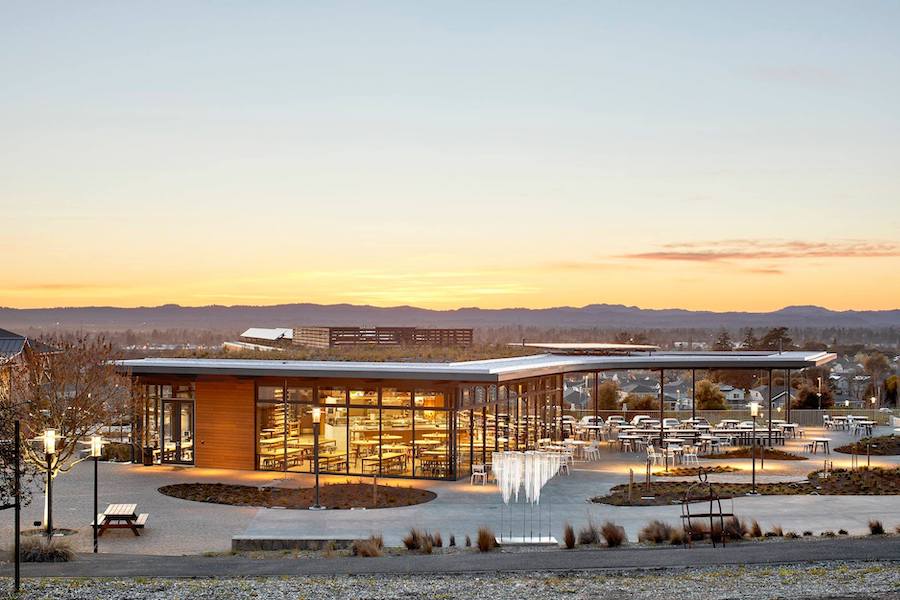
Certified LEED v3 Platinum BD+C (Living Building Challenge), the Janet Durgin Guild & Commons building at Sonoma Academy in Santa Rosa is also a Net Zero Energy building, using no fossil fuels or power from the grid. It instead relies on solar panels for electricity; a living roof for insulation; an irrigation system that uses plants to filter reclaimed grey water from the kitchen sinks to water the surrounding gardens; and a geoexchange system that absorbs and utilizes the geothermal heat from groundwater in 29 onsite wells, recirculating it to provide domestic hot water and temperature control in rooms.
Rohnert Park City Hall
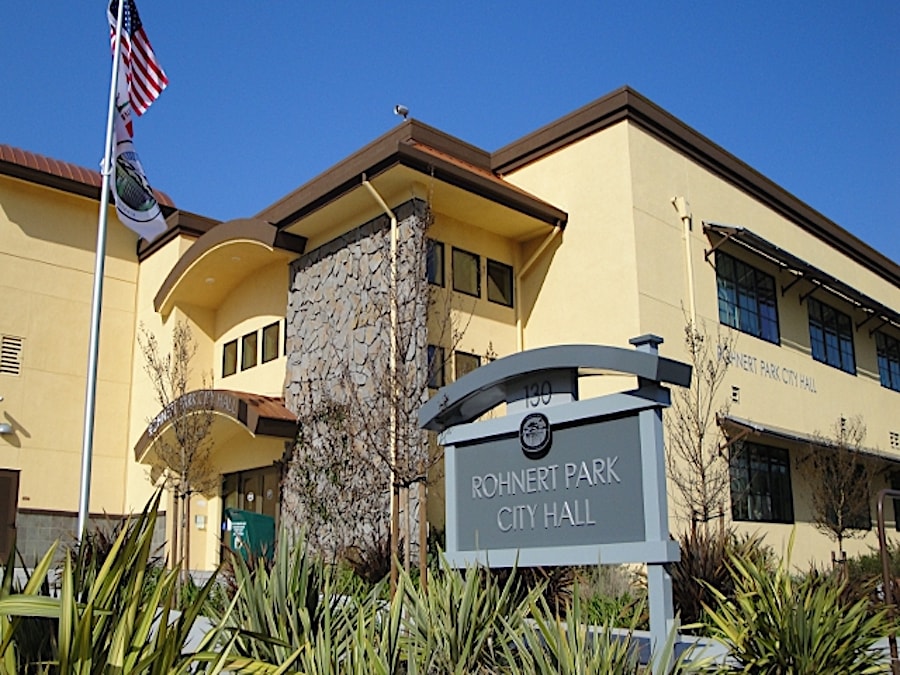
Certified LEED v2.2 Gold NC (New Construction), Rohnert Park’s City Hall building reduces its water use by 30% through water-saving fixtures like sinks with water sensors to adjust water flow, and waterless urinals. During construction, 350 tons of debris was diverted from the landfill and 80% of this debris was reused or recycled. A solar array provides 30% of the facility’s energy needs and prevents 6 tons of carbon emissions from being released into the atmosphere, while indoors, the building was renovated entirely with low-VOC materials.
Additional Building Certifications in Sonoma County
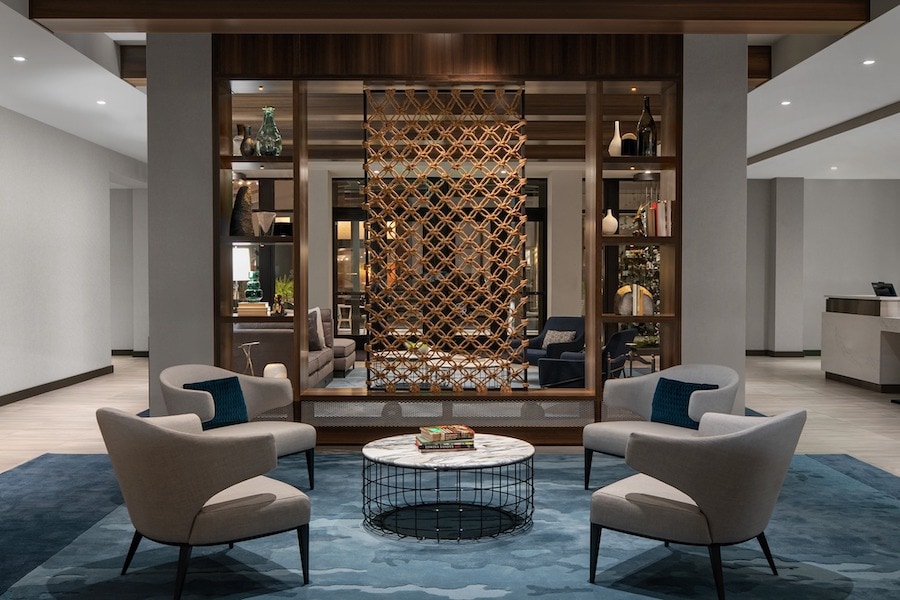
By far, LEED isn’t the only green building certification in the U.S. — it’s only the most well-recognized. These are a few others that can be found in Sonoma County:
ENERGY STAR: To be ENERGY STAR-certified, a building must earn a score of 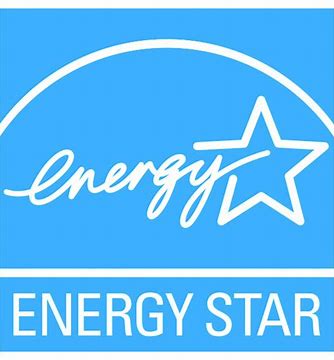 75 or higher on the Environmental Protection Agency (EPA)’s 1 – 100 scale, which is based on that building’s actual, measured energy use; a score of 75 or higher means that the building performs better and generates fewer greenhouse gas emissions than at least 75% of similar buildings nationwide. (e.g., Hilton Garden Inn Sonoma County Airport)
75 or higher on the Environmental Protection Agency (EPA)’s 1 – 100 scale, which is based on that building’s actual, measured energy use; a score of 75 or higher means that the building performs better and generates fewer greenhouse gas emissions than at least 75% of similar buildings nationwide. (e.g., Hilton Garden Inn Sonoma County Airport)
Green Globes: Managed by the Green Building Initiative, Inc., this certification is 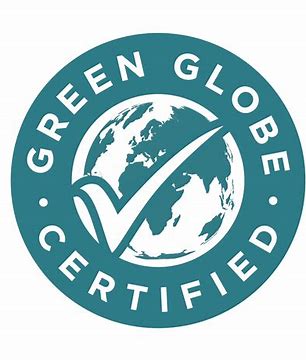 for a wide range of new construction and existing building project types, and allows building owners and managers to select which sustainability features (such as lower energy and water bills, reduced emissions, optimized health and wellness benefits, and minimized waste) best fit their building and occupants. Green Globes certifies projects that meet at least 35% of the 1,000 points that are deemed applicable to the project. (e.g., Graton Resort & Casino)
for a wide range of new construction and existing building project types, and allows building owners and managers to select which sustainability features (such as lower energy and water bills, reduced emissions, optimized health and wellness benefits, and minimized waste) best fit their building and occupants. Green Globes certifies projects that meet at least 35% of the 1,000 points that are deemed applicable to the project. (e.g., Graton Resort & Casino)
Living Building Challenge: Living Building certification is the world’s most 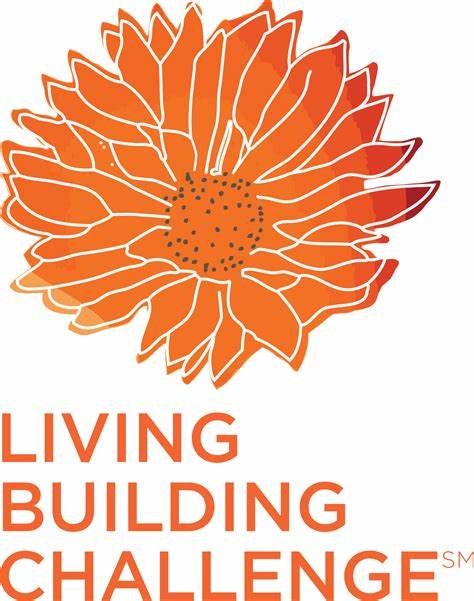 rigorous proven-performance standard for buildings. To achieve certification, Living Buildings must be self-sufficient, create a positive impact on the human and natural systems that interact with them, and connect occupants to light, air, food, nature, and community. (e.g., Silver Oak)
rigorous proven-performance standard for buildings. To achieve certification, Living Buildings must be self-sufficient, create a positive impact on the human and natural systems that interact with them, and connect occupants to light, air, food, nature, and community. (e.g., Silver Oak)
One Planet Living: Managed by London-based charity and social enterprise 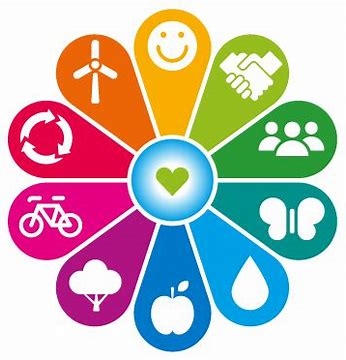 Bioregional, One Planet Living is a sustainability framework (rather than a traditional certification) for both new and existing buildings. The One Planet Living framework comprises 10 principles for architects, developers, contractors, etc. to follow, including equity, community, nature, water, sustainable food, transport, materials, zero waste, and zero carbon energy. (e.g., SOMO Village)
Bioregional, One Planet Living is a sustainability framework (rather than a traditional certification) for both new and existing buildings. The One Planet Living framework comprises 10 principles for architects, developers, contractors, etc. to follow, including equity, community, nature, water, sustainable food, transport, materials, zero waste, and zero carbon energy. (e.g., SOMO Village)
WELL Building Standard: Managed by the International WELL Building 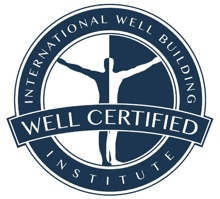 Institute (IWBI), The WELL Building Standard is a performance-based system for measuring, certifying, and monitoring features of the built environment that impact human health and wellbeing. These features fall into seven core areas — air, water, nourishment, light, fitness, comfort, and mind. (e.g., AC Santa Rosa Sonoma Wine Country)
Institute (IWBI), The WELL Building Standard is a performance-based system for measuring, certifying, and monitoring features of the built environment that impact human health and wellbeing. These features fall into seven core areas — air, water, nourishment, light, fitness, comfort, and mind. (e.g., AC Santa Rosa Sonoma Wine Country)
Written by Melanie Wynne
THIS IS WINE COUNTRY.
Share your experience using #SonomaCounty or #LifeOpensUp
